Portugal has more than its fair share of tourism hot spots. Parts of the Algarve have been attracting visitors since the advent of mass tourism, and the impressive Douro Valley has long been on the bucket list of Americans exploring Europe. The past decade has seen interest in Lisbon rocket, and its northern relation Porto was stepping into its moment in the sun just in time for the pandemic.
Often overlooked is the largest region in Portugal, Alentejo, which has received far less interest and far fewer international tourists than many other areas in the country. It was a region historically favoured by kings and nobility, so I wonder if I am in good or questionable company as I fall head over heels with this land named “beyond the Tejo”.
My first visit was half a decade ago when I booked a romantic birthday stay at L'And Vineyards (l-and.com) for my new boyfriend. I remember a picnic lunch of local bread and goat's cheese, shared with a glass of vino tinto before hurtling down vineyard trails on borrowed bikes, scents of rosemary surrounding us as the setting sun threw vibrant oranges and reds streaking across the horizon.
I also remember our journey there – driving just a few hours north from the Algarve but feeling like we were crossing country borders, as the coastal landscape blurred into rolling farmland before we were suddenly engulfed in cork trees. Then came the glimpses of vineyards that tempted me to press harder on the accelerator to get there all the sooner for our night of luxury.
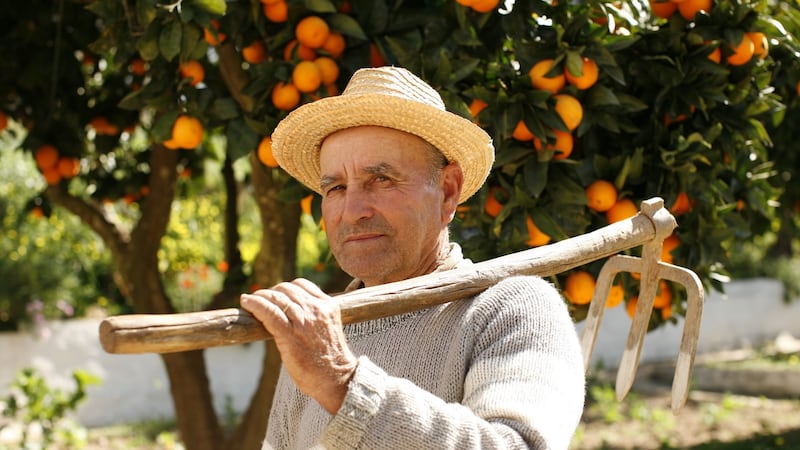
It was four years later, after my relocation to Portugal and the lifting of local Covid travel restrictions that I ventured north again. And for the second time, I fell in love with Alentejo. It might be the roads lined by telegraph poles and topped with stork nests. Or the older gentlemen leaning over their sticks in the shade of a village dotted with blue and white buildings, chatting to each other but pausing to watch you pass and raising a hand in salute.
Or maybe it’s those gnarly cork trees that live for hundreds of years and stand like an army across the soft hills. In the evening light, their gnarled limbs look like they might swoop down to scoop you up at any moment, like a haunted forest in any fairytale you remember, but in the bright sunshine of the day – and there is lots of sunshine in Alentejo – it is the colours that are so striking. The bark of the cork oaks is stripped by hand once every nine years, leaving the trunk and wider branches a vivid rust colour in contrast to the rest of the tree. It gives the impression of someone having stripped them bare from the midriff down.
Travelling from more built-up areas in Portugal, the sense of space in Alentejo reminds me of the plains of middle America. It accounts for about a third of Portugal’s land area, but is home to less than 10 per cent of the country’s population. Despite this spread, the region has a distinct cultural identity, visible through the architecture in the small villages and walled towns, with their windmills, olive presses and picturesque clock towers. The pace of life is slow (expect to spend two hours over a weekday lunch). Despite being only a couple of hours from Lisbon or Faro, a visit here feels like a trip back in time.
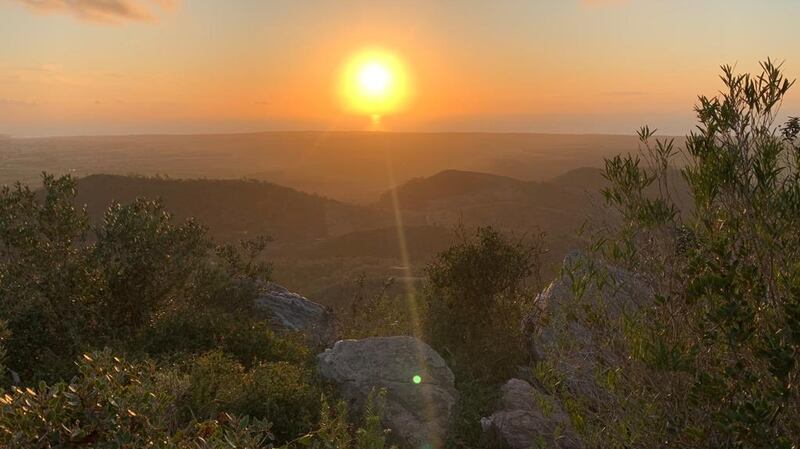
In Portugal, it is often said the money that flowed into the country after it joined the EU was concentrated on projects in Lisbon, with Porto still smarting that it missed out on the lion’s share. It seems Alentejo didn’t get a look in and the area has long been known as one of the poorest of western Europe. In terms of produce however, it is abundant, with its sandy soil proving unexpectedly fertile, yielding grapes, olives, rice, oats, wheat, rye, truffles and, of course, nuts and acorns that its famed black pigs feed on as they graze.
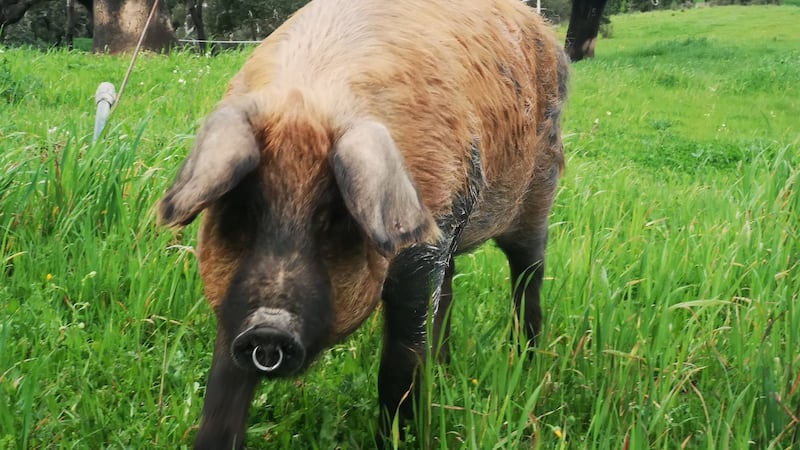
A speciality is grilled Porco Preto (Black Iberian pig), but there are dozens of pork-based dishes typical to the region, such as carne de porco a alentejana, a potato, clam and pork stew that has found its way onto restaurant menus around the country.
Cuisine takes centre stage in the capital of the region, Evora, with visitors and locals filling the many pavement petisco (Portuguese tapas) bars. More unlikely attractions in the city are the impressive Roman temple and the chapel of bones. Stay in Albergaria do Calvario (adcevora.com) for an atmospheric but modern boutique hotel experience in a 16th century olive mill just inside the city walls. Two kilometres beyond them is one of the many historical vineyards, Adega Cartuxa at Quina de Valbom (cartuxa.pt), which has been an important wine press since 1776, after becoming state property following the expulsion of the Jesuits.
In the summer months, temperatures in inland Alentejo can rise to 40 degrees, so a fresher option is the coast. On the eastern edge of the Atlantic ocean, crashing waves replace the stillness of the hillsides and the tempo tips up a noticeable notch. Even the storks are more adventurous here, nesting in the most inconceivable places, including on sun-drenched sea stacks battered by waves that attract surfers from around the world.
The northern-most coastal area of Comporta has been attracting tourists for two decades and is currently “the” place to be seen. There is a growing list of luxury boutique hotels nearby, such as Sublime Comporta. It’s a popular weekend jaunt from Lisbon which means art galleries, boho bars and restaurants have popped up around the town, with less welcome traffic jams of luxury cars during the summer season.
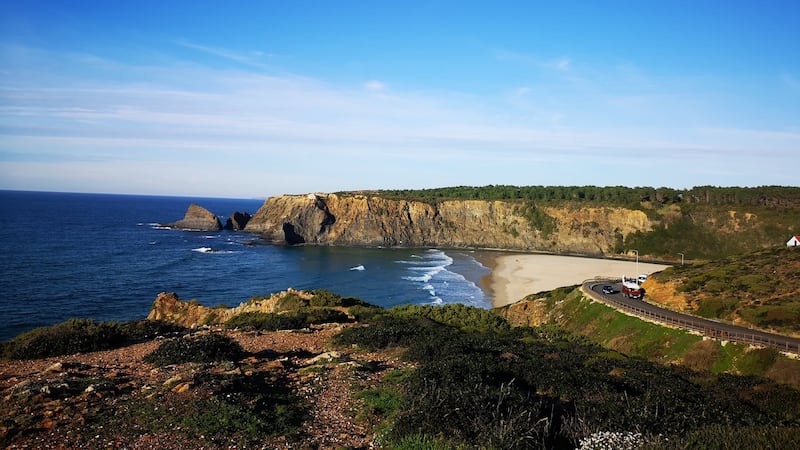
Down the coast, south of Sines, it's a different story. Protected by the South West Alentejo and Costa Vicentina National Park, the 100km of coastline from Porto Covo to Burgau, in Algarve, is the most stunning in Europe, and you'll often find yourself alone on stunning beaches no matter the season. Its overlooked status is partly due to perceived accessibility – because of national park protection, there is no beachside accommodation. Instead, independent guesthouses are hidden at the end of dirt tracks, many of which have become destinations in themselves.
Herdade de Matinha (herdadedamatinha.com) is one such property. Alfredo and Monica Moreira da Silva found the then derelict property in the 1990s. After tracking down the owner and convincing him to sell, they moved in without electricity and set about restoring the land and its buildings. The result is a collection of welcoming spaces, some for communal connection and chat, and others catering to the needs of specific guests including families, adults-only, surfers and digital nomads. Many feature artwork by Alfredo, with views overlooking the 65,000 cork oaks, umbrella pines and medronho trees replanted by the owners.
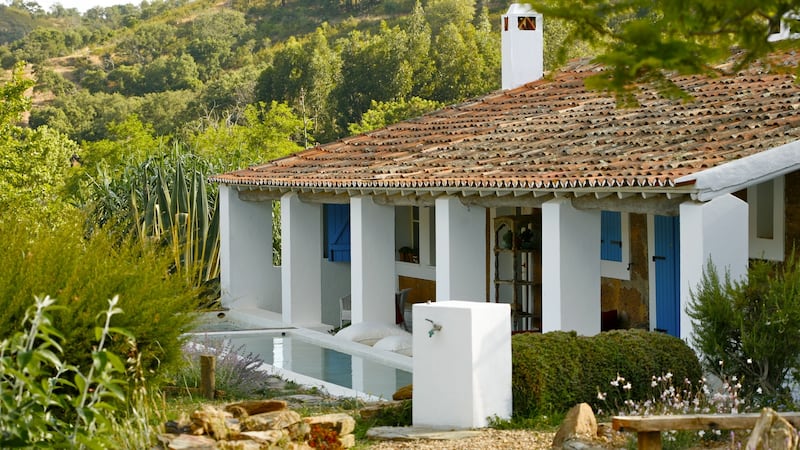
In the evenings, a daily set menu introduces guests to fine local produce, and inspires you to visit local vineyards such as Herdade de Cerbol. The winery has been in enologist Luís Mota Capitão’s family since 1880, when his great-grandfather made wines and vinegars to sell to doctors for medicinal use. Luís is passionate about the ecosystem, using algae to fertilise his vines and, instead of hunting wild animals off the land, he welcomes them, seeing them all as having a role to play. He uses beeswax to seal his corks, and even ages some wine in the ocean as a form of wine art, yielding surprisingly delicious results.
Herdade de Matinha is on the Rota Vicentina, a network of some of the most gorgeous hiking trails in Portugal. The tourism project was set up, in part, to support local hotels in the area. The Fisherman’s Way is the coastal route that extends all the way to Lagos, its end point in Algarve, a route I am working on completing. The scenery down south is as beautiful as the west; there is something about Alentejo that makes it as difficult to leave as it is to define.
Getting there: A car is almost essential in Alentejo, with limited public transport off the main routes. Rent one from Lisbon or Faro, where there are regular flights from Dublin, and skip a low-slung luxury model for something hardier.








